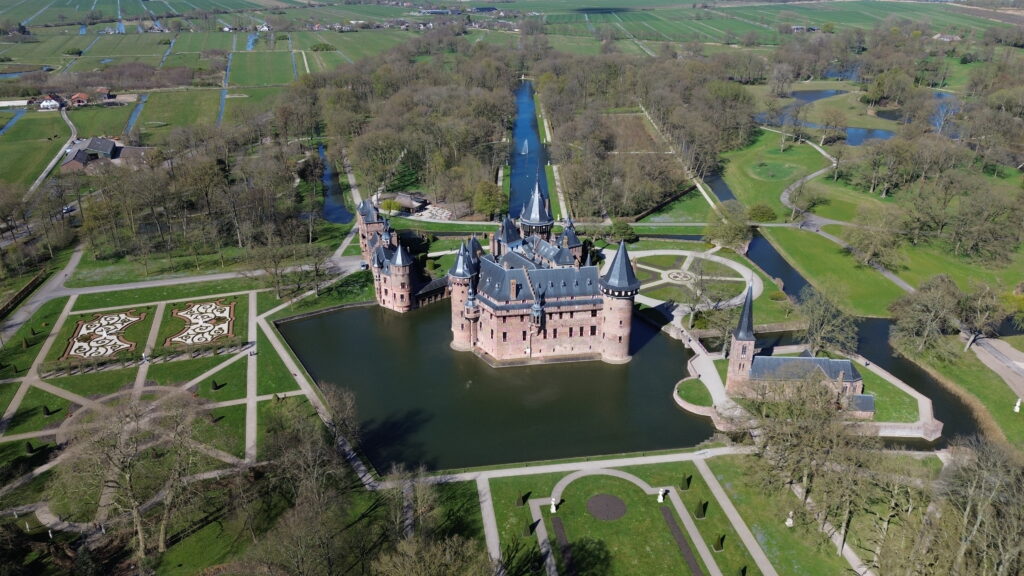Design Overview: Custom Challenge Drone
In the video, you’ll see a 3D render of the custom drone I built for the drone challenge.
The arms are weight-optimized using the analytics tool in the CAD simulation. They’re strong enough to handle any aerial maneuver without snapping, and in case of a crash, they include designed snapping points to minimize damage to the rest of the drone. Since they’re 3D printed from ASA, they’re easy to mount and replace in case of wear or damage.
At the core of the drone sits a 1.5 mm aluminum sheet frame, which holds the mounting points for the flight controller, battery, and other components—including the video transceiver. That unit ran a custom script for QR-code detection, which the drone used for navigation during the challenge.
The gripping mechanism is a linear rail, rack-and-pinion-driven scooping gripper. It aligns itself with the ground using a four-point, spring-suspended landing system, allowing it to flexibly pick up small objects placed on the floor.
Castle de Haar

Castle de Haar is located near Utrecht, in one of the Netherlands’ most scenic and nature-rich regions. The grounds are known for their beautifully maintained gardens, which feature a variety of artworks visible in the photos and videos.
Since the castle is private property, drone flights are generally prohibited on the grounds.
However, after a discussion with the staff, I was granted permission to fly around the property and capture footage from its perimeter.
